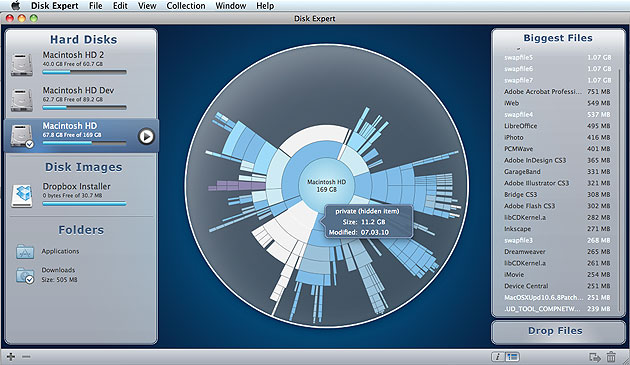Delete Dmg Files
Yes you can delete them. But I'd only delete them if I don't have enough storage for them and if it's easy to redownload the file again for future installation. They have prove to be time saving if you need to install it on another PC. 2.5K views Answer requested. Mac users often find their Downloads folder filled with disk images that they previously downloaded from the internet, files that – having already installed the apps – they forgot to delete after unmounting the image. As you may already know, installer files for macOS come with a DMG file extension – otherwise known as an. What is a DMG file? DMG files are files that are treated like actual hard disks by the Macintosh OS X operating system. These files can be created with Disk Copy, burned to a CD or even mounted as a normal volume on Macintosh computers. After running the installer, you are again free to eject the disk image, and delete the.dmg file. To answer your question (s), generally speaking, yes, you can delete the container file whether it be a.pkg.dmg or.zip file. This of course assumes that all content of the container file has been installed.
If you already know what the DMG and PKG files are, you can skip to the second paragraph. For those who are learning about this type of file, we will describe its purpose below.
What is a DMG file
If you want to install a third-party application from the internet, you need to download its installer file with a .dmg or a .pkg extension. Both types of files, DMG (Apple Disk Image) and PKG (package installer), are only used on macOS. In most cases, once you download and open a DMG or a PKG file, you are asked to transfer its app to the Applications folder. Then you can launch the program and happily use it.
Since .app files of programs are located in the Applications folder, you can delete DMG files and package installers. Besides that, developers regularly update apps, so if you want to use an updated version of particular software, you will need to download a new installer. Since there is no need to keep useless installers on your Mac, you can remove them using Cleaner-App.
Can I Delete Dmg Files
How to delete installer packages on a Mac
To remove unneeded installation files from your Mac using Cleaner-App, complete the next steps:
- Launch Cleaner-App.
- Select the Installer Packages section.
- Skim all the DMG and PKG files. Select some of them or click Select All to get rid of unneeded files at once. Click Review and Remove.
- Review the items you want to delete and click to Remove.
- Complete the deletion of package installers by emptying the Bin.

Cleaner-App is an intuitive software tool that helps you to easily clean up your Mac. It serves not only to remove installers, but also to clear your Downloads. Using Cleaner-App, you can detect duplicate files, same name files, and photo series on your Mac. Then you can conveniently compare these files and select the useless ones for removal. If you want to keep your Mac clean of unwanted files and improve its performance, use Cleaner-App regularly.
Lots of good points in this thread. I've re-thought how this should work.
My problem is that my downloads folder gets cluttered with dmg files. I can't remember which ones I've already installed. Some of them I have opened and installed, but I've forgotten to move them out of my downloads folder. Some of them I downloaded but haven't opened yet.
Ok To Delete Dmg Files
My new version of the script moves the dmg file when it is mounted. To use it, save this script to '/Library/Scripts/Folder Action Scripts/' and attach this folder action script to the /Volumes directory. Ideally, my script would trigger when you eject the disk image, but by then it's too late; the disk image is gone, and there's nothing left for AppleScript to process. I figure triggering on mount was pretty good, since I really wanted to know what dmg files I had opened or not.
Most of you didn't want to delete the dmg file. That's a good idea. My script now moves it to a dmg_archive folder. Feel free to change this to suit your needs.